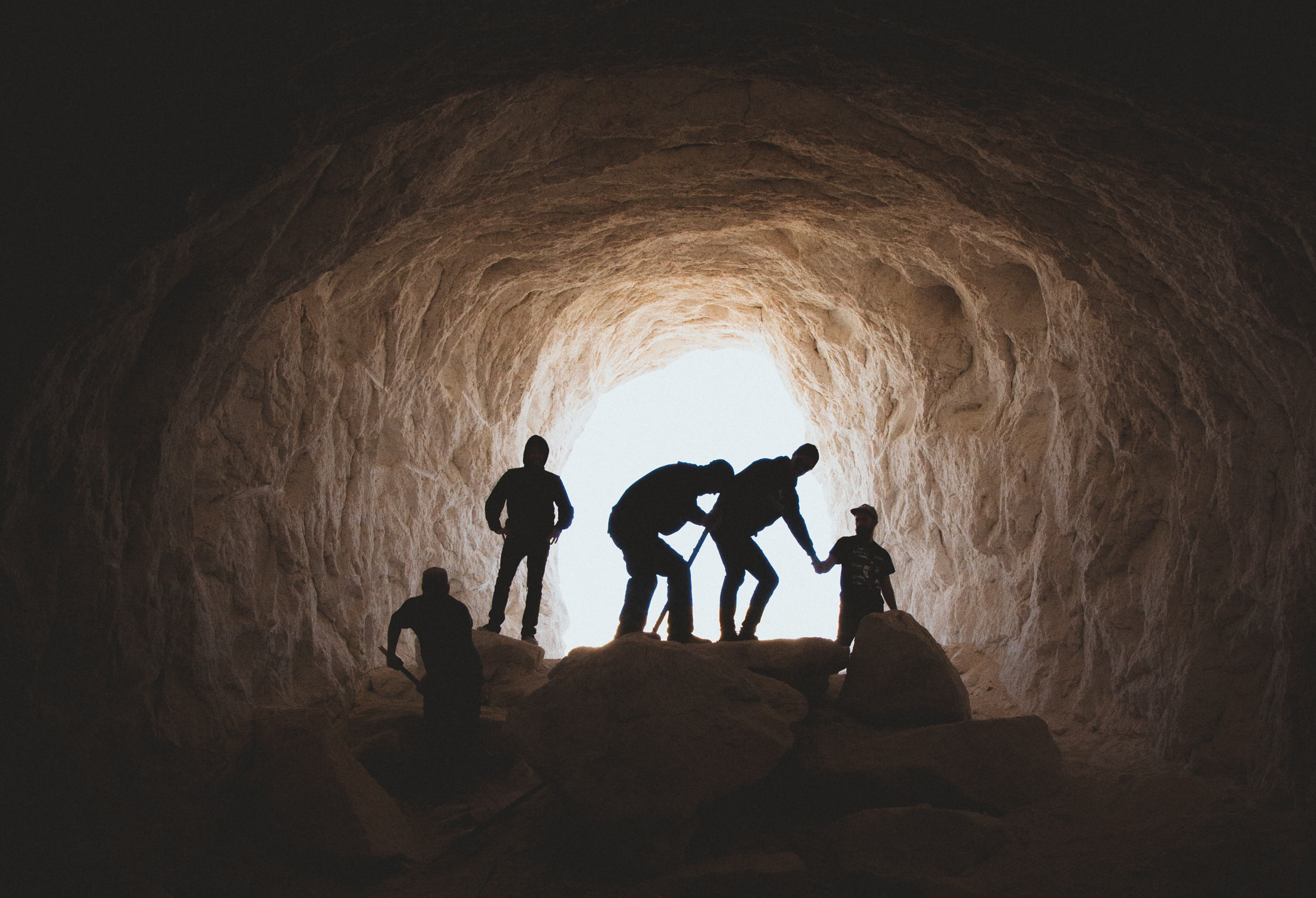There was a time when environmental ethos was more of a footnote to the mining industry. The government set standards, operators were expected to comply, and mining activity – for the most part – stayed out of the limelight. It was a profitable and necessary trade. The availability of ore deposits, and the resilience of natural environments, seemed boundless.
It isn’t so simple anymore.
A clearer understanding of ecology, combined with the power of social media, has turned public scrutiny into a mighty force. Mining companies can no longer afford to “slow-walk” environmental initiatives, and to favour quarterly balance sheets over community health. There are too many advantages to be gained – both practical and social – by taking an aggressive position on the environment.
A more evolved approach to water management is one of the most important steps for mining and METS companies – and while there are some exciting things happening, there is more to be done.
A few basic stats on water
According to the World Health Organization, half of the world’s population will be living in “water-stressed” areas by 2025. Meanwhile, the United Nations has dire predictions for water-borne diseases from contaminated sources, and says that 5 billion people will probably experience water shortages by 2050.
The mining process is a well-documented source of water pollution, and recent journalism shows increased water consumption and pollution by mining industries in some areas of the world.
A 2011 report from CSIRO said that 20% of Australia’s water was consumed by mining, manufacturing and other industries.
What is water used for in mining?
People outside the mining industry don’t often realize how water is used in the process. Depending on the type of ore being mined, water can be used to control dust, separate waste from viable ore, and cool down machinery.
Challenges for the mining industry
In short, a lot of water is necessary to grind and process ore. The waste generated from these operations are known as tailings. As explained by MIT, the mining process “produces mainly tailings (the waste materials left after the valuable ore is separated out) and overburden (the waste materials removed to reach the ore). During the mining process, water within and around the mine is usually contaminated, so treating the mine water before it is discharged back into the environment is a major issue.”
And as explained by Ralph Heath, Golder’s MD and regional Vice-President for Africa, “Often the water balance for a mining operation results in an initial excess of water (during pit dewatering) but a long-term deficit where a sustainable water resource is required for processing.”
Managed Aquifer Recharge (MAR)
MAR is one of the most basic and promising attempts to elevate the global mining industry’s responsibility with water. In the words of WA’s Department of Water and Environmental Regulation, “Managed aquifer recharge is the intentional recharge of water to suitable aquifers for subsequent recovery or to achieve environmental benefits; the managed process assures adequate protection of human health and the environment.”
There are different techniques for MAR, including the use of ponds, basins, or injection wells. Water from diverse sources – including stormwater and treated wastewater, can be used in the process.
Australia has been at the forefront of managed aquifer recharge since the 1960s, and there are many documented examples. It’s a good example of practical thinking around the environment, and of systemic problems that could affect any industry.
Responsibility to educate
A stronger environmental ethos is no longer a drag on productivity in mining – at least not here in Australia. It has become an essential for every mining and METS company to take a broader view on what is truly profitable and what is self-destructive.
It’s the industry’s own responsibility to actively educate people about the water management challenges it faces, and for countries like Australia to continue raising the bar on how water is managed during the process of mining ore.







